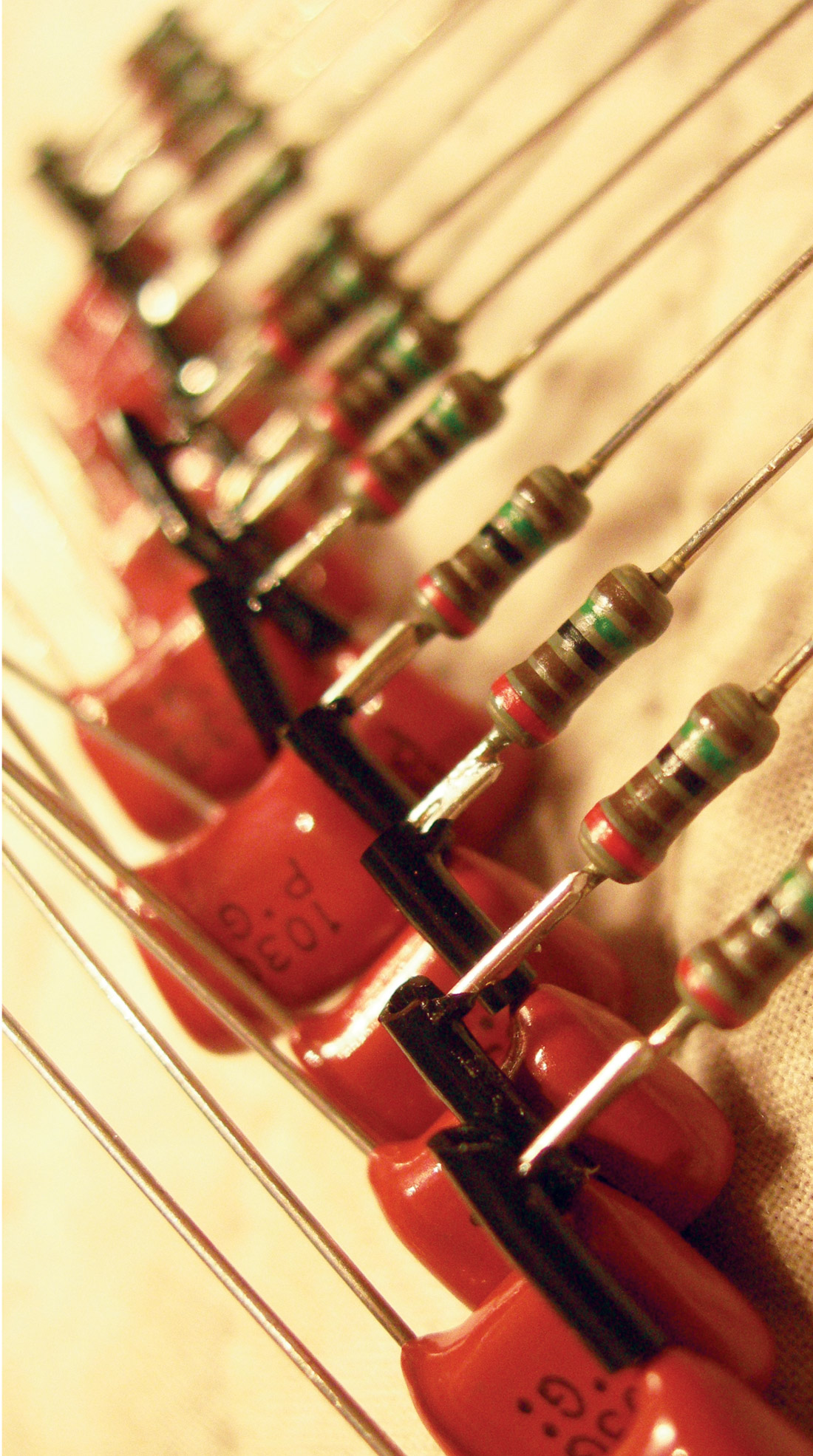Since November, I've been working on a huge shootout of small-diaphragm condenser mics; I might have mentioned this in my last review. Frankly, I might mention this in every review forever, since it appears the SDC test will never end. Frankly, there's a part of me that wants to keep it going, since I keep running into some surprising mics even after I think I've heard them all. Most of these mics cost $500 to $1000 or more and sound damn great, but I did manage to find two mics that cost about $100 and sound damn good. And isn't that what we're always looking for?
The first one is called the X-M, a small omni mic made by Naiant. At first listen, I didn't care for it much, since it was definitely darker than I like (and I like it pretty dark). But when I started thinking of it as a replacement for a ribbon mic, I started to like it a lot-especially on strummed acoustic guitar and guitar amps. The X-M version I used was the standard active version, free-field, which is darker than Naiant's diffuse-field mic. Both active versions run on 12-48 volt phantom power and don't require a lot of juice from the Millennia preamp, so I could keep the mic about two feet from the guitar and strum like Hamell On Trial (to use a young reference) or Richie Havens (for you boomers out there) and not worry about too much pick noise or overdriving the mic. Nice, dark, driving sound there, and not a lot of electronic noise either.
The X-M comes in a transformer-balanced version as well, and that's what creator Jon O'Neil recommends for acoustic guitar. He wasn't kidding. This mic gave me a better high end on the guitar, but was never overly bright or brittle. There's a healthy low-mid response as well, but none of the boominess you get from standard cardioids, thanks to the lack of proximity effect. This works great on steel and nylon-stringed guitars, but requires a lot more juice from the preamp to make it go. Both the active and transformer X-Ms cost $69 straight from Naiant, but by the time this article is published, O'Neil will have a new mic out that lets you switch between free and diffuse fields for an extra ten bucks. In other words, you can make it bright or dark with the flip of a switch, depending on the room (or mood) you're in.
The other low-end gem is a bit more expensive, a bit more new, and a bit more surprising-the MXL V67N. It's a transformer version of the 604s and it's got serious mojo. Must be the transformers. Will it replace your Neumann KM 84? Hell, no, but it could definitely replace many other low-end small-diaphragm mics. There was none of the high-end sting from which many low-priced mics suffer-just a consistent presence that cuts through the mix. The low-mid region is where the personality of this mic lives, and it gave some serious meat to the sound of my Collings C10 guitar. While the Naiant excels on strummed guitar, the V67N excels on picked guitar. This is the one you want for your acoustic leads, although it also sounded great strummed. While I wouldn't choose this mic for a solo project, it'll bring the acoustic guitar alive in a rock mix, no doubt.
Again, I'm not saying it's time to trade in your Neumanns and Gefells, or even your Avensons and Audio-Technicas. But if you're a hobbyist or young kid starting out and can't spend a lot of money on the big boys, you can make some serious sounds on acoustic guitar with a couple of these mics in your arsenal. (X-M $69 direct, www.naiant.com; V67N $119 street, www.mxlmics.com)
Tape Op is a bi-monthly magazine devoted to the art of record making.




_disp_horizontal_bw.jpg)